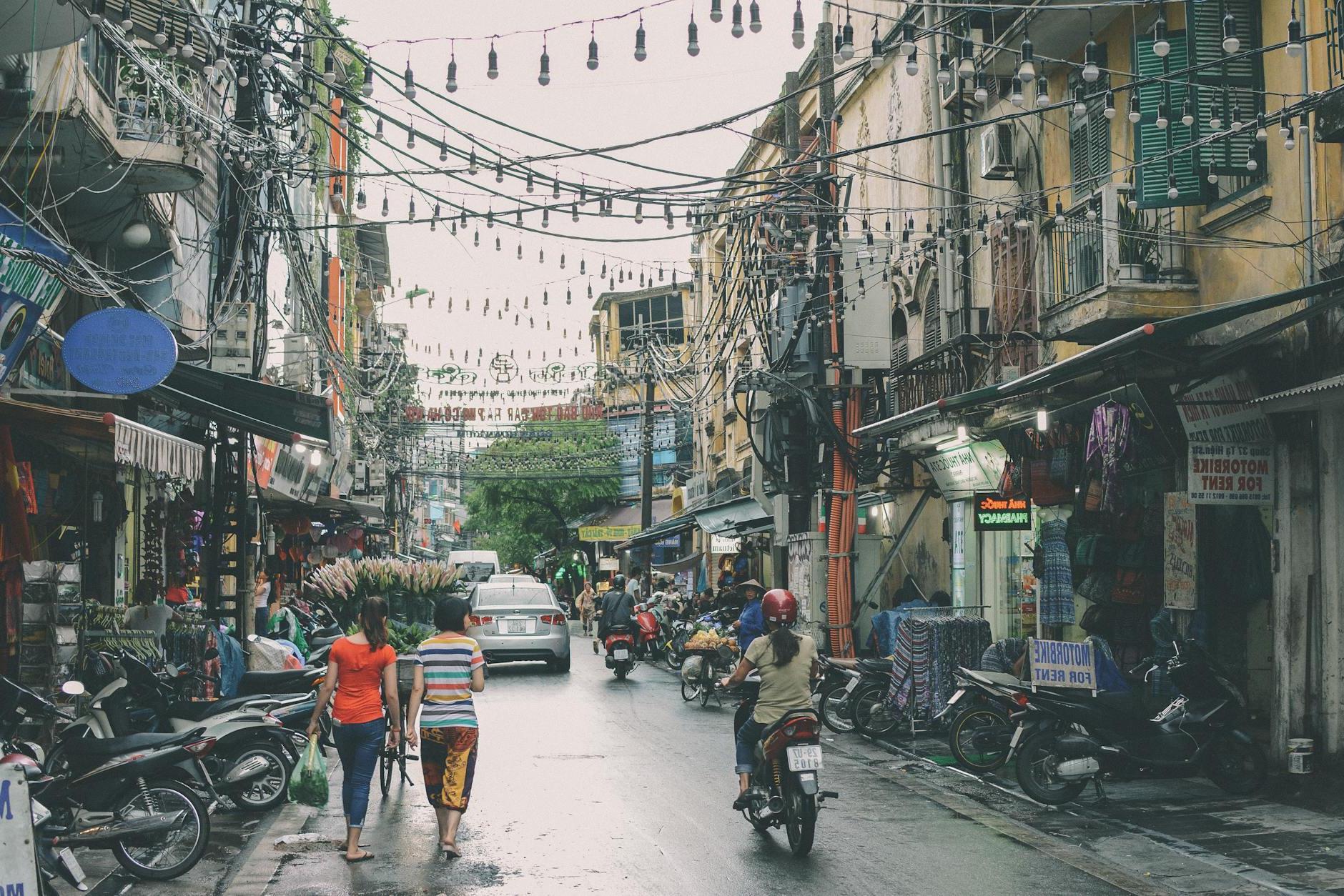10 Must-Visit Gems in Hoi An: Your Ultimate Travel Guide
Posted on June 3, 2024 • 13 minutes • 2767 words
Table of contents
Welcome to Your Ultimate Travel Guide to Hoi An’s Hidden Gems
Tucked away in the central coast of Vietnam, Hoi An is a charming town that beckons travelers with its timeless beauty, vibrant cultural tapestry, and serene landscapes. Most visitors flock to this enchanting locale during the dry season from February to May, when the weather is just perfect for exploring its myriad attractions without the worry of sudden downpours. However, Hoi An’s allure isn’t confined to just a few months; this picturesque town offers something special all year round, from the lantern-lit nights of the summer to the cozy, cooler days of winter.
As you wander through its historic streets, Hoi An reveals its treasures gradually – from ancient temples and colorful marketplaces to tranquil beaches and lush countryside. Whether you’re a history buff, a food enthusiast, or simply in search of a peaceful retreat, Hoi An has something to enchant everyone. In this article, we’ll guide you through 10 must-visit gems in Hoi An that will ensure your trip is nothing short of unforgettable. So, pack your bags and let’s embark on this journey together, uncovering the soul of Hoi An, one extraordinary site at a time.
10 best things to see in Hoi An
10. Phuc Kien Assembly Hall

When exploring Hoi An, a visit to the Phuc Kien Assembly Hall should be high on your list. This vibrant hall is a symbol of the rich cultural blend in Hoi An, showcasing intricate Chinese architecture and history. To get there, you can easily walk if you’re staying in the Old Town, as it’s conveniently located. For those further out, a bike ride or a short taxi trip will get you there effortlessly. Pay special attention to the stunningly detailed carvings and the colorful altars inside - each tells a story of the Fujian Chinese community that built it centuries ago. The courtyard with its dragon fountain and the ornate prayer hall are not to be missed. This place is not just a feast for your eyes; it offers a deep dive into the cultural heritage of Hoi An, making your visit both educational and visually captivating. Whether you’re a history buff or simply in love with beautiful places, Phuc Kien Assembly Hall is a treasure trove of stories waiting to be discovered.
9. Quan Cong Temple
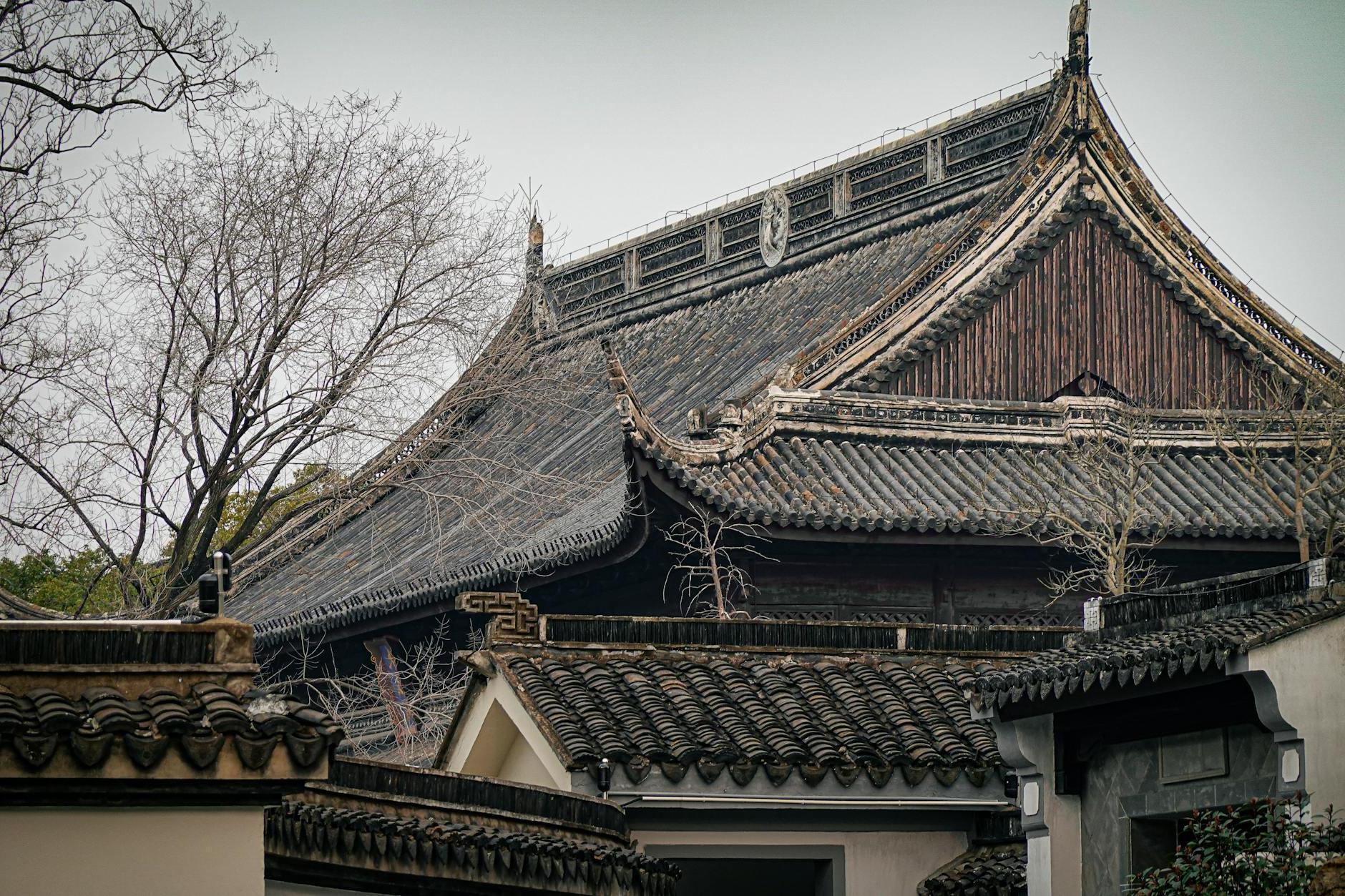
When exploring the stunning city of Hoi An, a visit to Quan Cong Temple is an absolute must-do. This beautifully preserved temple is a serene homage to General Quan Cong, admired for his loyalty, sincerity, integrity, and justice in Chinese history. Located in the heart of Hoi An’s well-preserved Ancient Town, a UNESCO World Heritage site, getting there is straightforward. You can easily walk or hire a bicycle to navigate through the narrow, charming streets of the old town to reach this historical landmark. One of the temple’s highlights is the life-size statue of Quan Cong himself, which exudes a sense of calm and wisdom. Take your time to admire the intricate architecture and the vibrant colors that adorn the temple, showcasing exceptional Chinese craftsmanship. Remember to respect the local customs by dressing modestly and taking off your shoes before entering certain parts of the temple. This serene spot offers not just a glimpse into the spiritual heart of Hoi An but also provides a tranquil retreat from the bustling streets, making it a truly enriching experience.
8. Tra Que Vegetable Village

If you find yourself in the charming town of Hoi An, Vietnam, don’t miss the chance to visit the Tra Que Vegetable Village. Just a short bike ride or a leisurely walk away from the heart of Hoi An, this unique spot offers a peaceful escape into the world of organic farming, away from the bustling city streets. To get there, simply rent a bike in Hoi An and follow the scenic route that leads out of town towards the vegetable village. As you explore, pay special attention to the traditional farming methods that the local farmers use to grow their crops. You can also participate in hands-on activities like planting, watering, and harvesting, making it a perfect way to connect with the local culture and learn about sustainable agricultural practices. Plus, the fresh, aromatic herbs and vegetables grown here are not just a feast for the eyes, but they also play a crucial role in the delicious flavors of Hoi An’s famous cuisine. Visiting Tra Que Vegetable Village is not just a trip; it’s an experience that invigorates all senses and offers a deeper understanding of Vietnam’s rural lifestyle.
7. An Bang Beach

If you’re exploring the enchanting town of Hoi An and crave a serene escape to the beach, An Bang Beach is a destination you shouldn’t miss. Just about a 15-minute ride from the heart of Hoi An, you can easily reach this beautiful shoreline by bike, motorbike, or taxi, making it a convenient getaway without straying too far from the town’s attractions. An Bang Beach is renowned for its soft, white sands and inviting turquoise waters, offering a perfect slice of paradise for sunbathers, swimmers, and anyone in need of a tranquil retreat. Here, you can also enjoy a range of delicious local seafood dishes from the beachside restaurants and cafes, adding a delightful culinary aspect to your visit. Pay attention to the seasonality, as the beach presents its best form from February to August, ensuring you the most pleasant experience under the Vietnam sun. Remember to respect the environment and local regulations by keeping the beach clean and safe for everyone. An Bang Beach promises a refreshing contrast from the historic exploration of Hoi An, complementing your Vietnamese adventure with picturesque sunrises and an invigorating dip in the ocean.
6. Hoi An Night Market
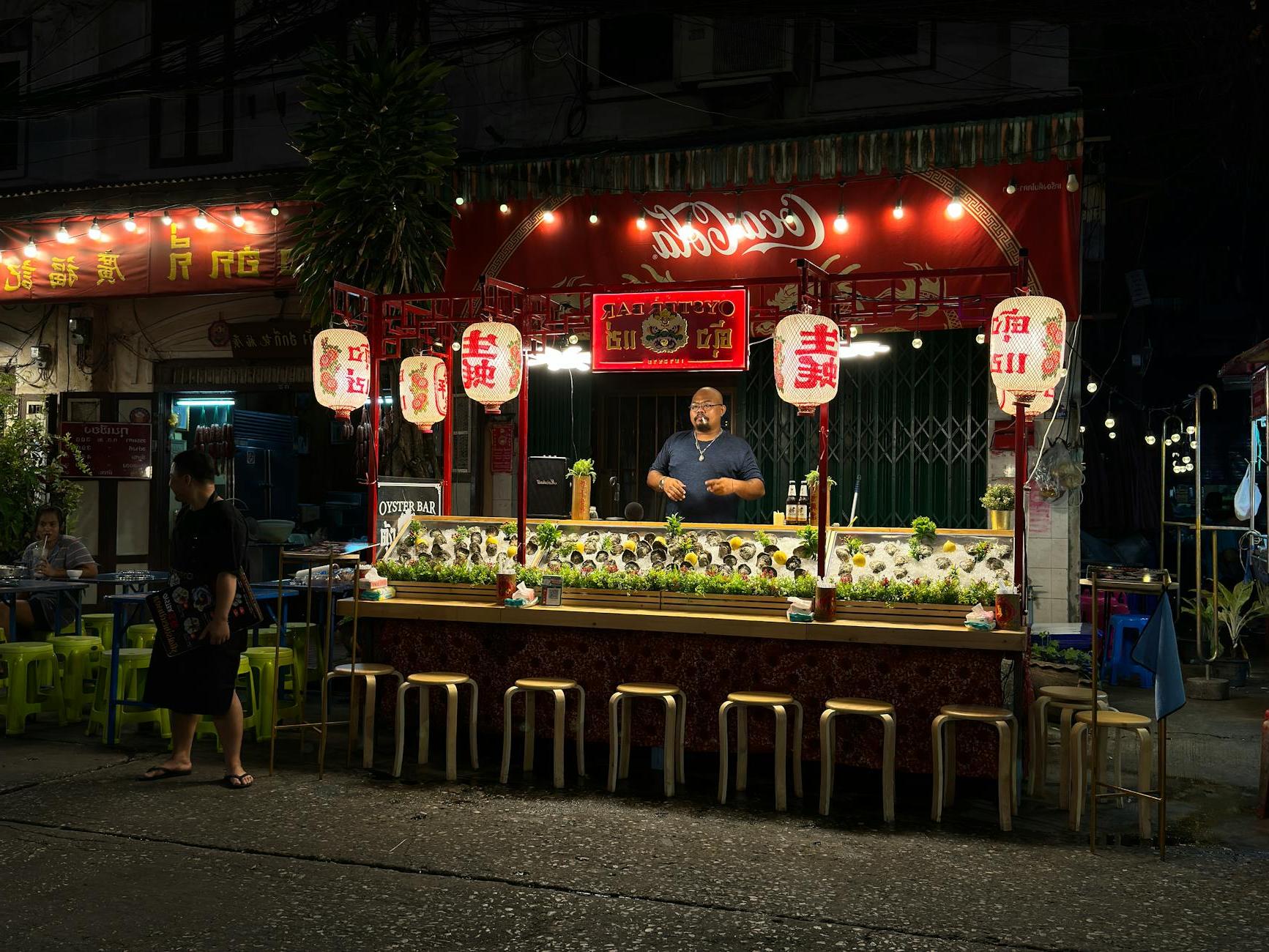
Visiting Hoi An Night Market should be at the top of your list when you’re in Hoi An because it’s not just a market; it’s an experience that captures the essence of this ancient town. Located on Nguyen Hoang Street in the heart of Hoi An’s Old Town, getting there is easy. It’s within walking distance from most parts of the city center, or you can grab a quick ride on a bicycle or a cyclo for a more authentic journey. The market comes alive as the sun sets, usually around 5 PM, and remains bustling until about 11 PM. When you visit, make sure to pay attention to the beautiful lanterns that light up the night, creating a magical atmosphere. It’s a paradise for food lovers and shopaholics alike, with stalls offering delicious local snacks, handcrafted goods, and unique souvenirs. Don’t forget to try some local street food or pick up a handmade lantern as a keepsake. The Hoi An Night Market is not only a place to shop and eat; it’s where you can immerse yourself in the vibrant culture and friendly vibes of this enchanting town.
5. Fukian Assembly Hall (Phuc Kien)
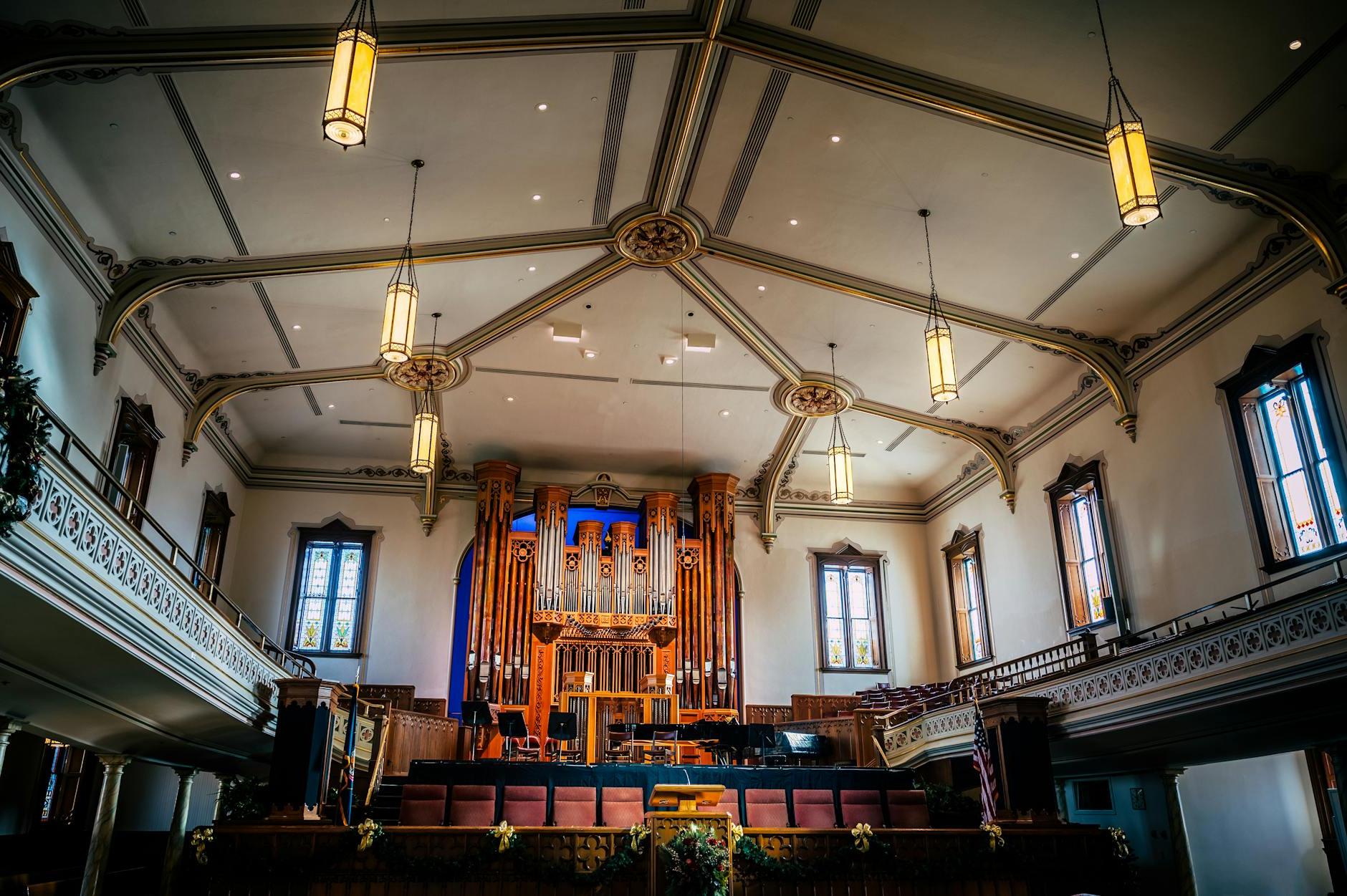
If you find yourself in Hoi An, a visit to the Fujian Assembly Hall (Phuc Kien) is a must-do. This historical gem is not just a testament to the architectural prowess of the Fujian people but also a vibrant cultural spot that offers insight into the rich heritage of the Chinese community in Vietnam. To get there, simply wander through the ancient town’s charming streets; it’s centrally located and easy to reach by foot or bicycle from almost anywhere in Hoi An. Along the way, admire the Hall’s stunning entrance and intricate details, including the dragon statues and ornate gates. Pay special attention to the beautiful murals and the temple within, dedicated to Thien Hau, the goddess of the sea, showcasing the spiritual depth of the Fujian people. Visiting the Fujian Assembly Hall is not just a trip into the heart of Hoi An’s past; it’s a vibrant cultural experience that you shouldn’t skip.
4. Hoi An Ancient Town
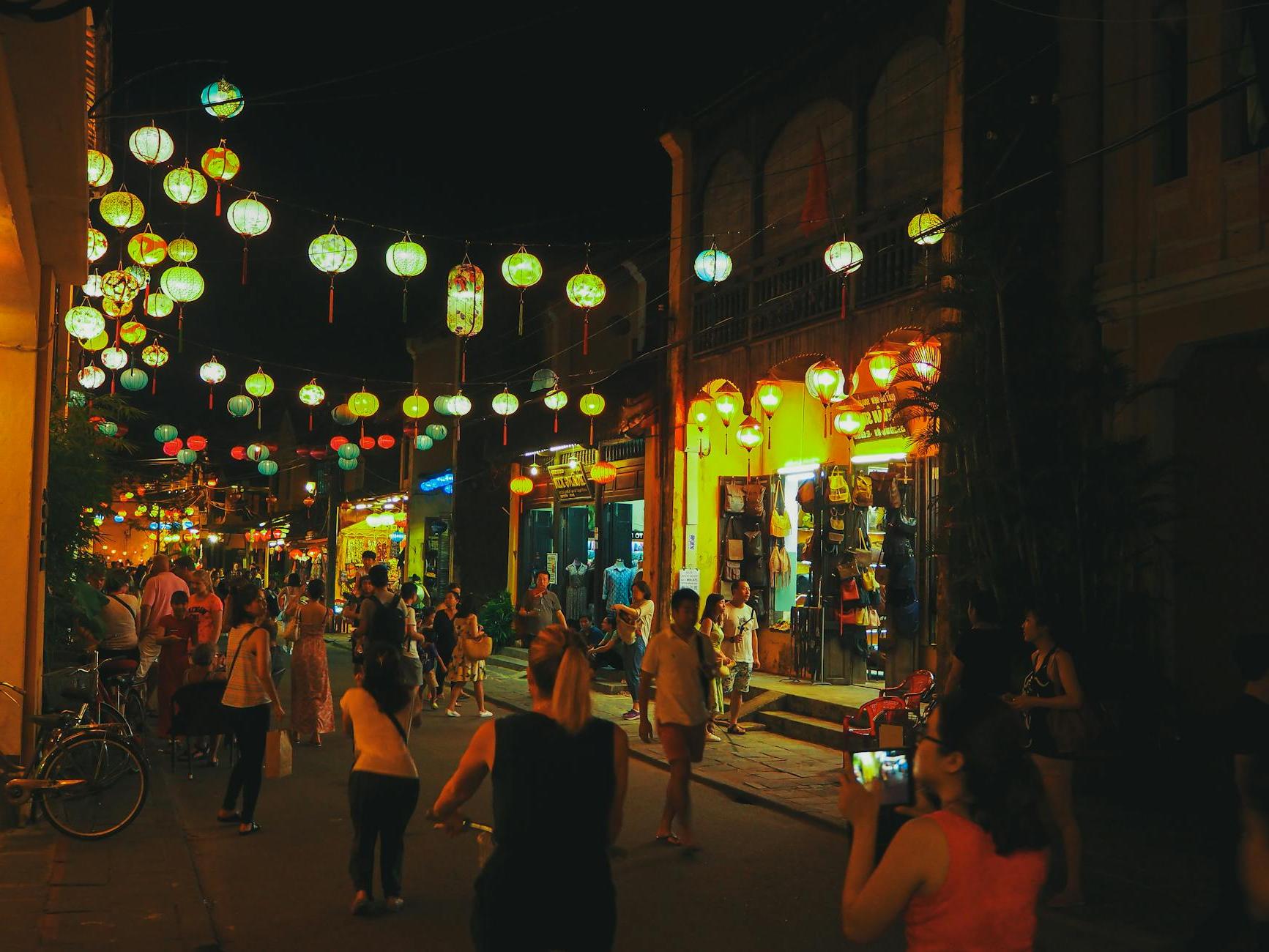
When you’re in Hoi An, a visit to Hoi An Ancient Town is a must! This UNESCO World Heritage site is like stepping back into a beautifully preserved piece of history. To get there, it’s easy: whether you’re staying in Hoi An itself or coming from Da Nang, you can easily hop on a bus, take a taxi, or even rent a bike for a more scenic route. Once there, immerse yourself in the town’s charming yellow buildings, lit up by colorful lanterns at night, creating a magical atmosphere. Don’t forget to explore the Japanese Covered Bridge and the century-old Chinese temples. Also, remember to buy a ticket - your pass to visit many of the ancient houses and museums within the town. Walking around is the best way to soak in the vibe, but keep an eye on your belongings, as it can get crowded. Hoi An Ancient Town is not just a place to see; it’s a unique experience to step into a world where time stands still.
3. Japanese Covered Bridge

Visiting the Japanese Covered Bridge (Lai Vien Kieu) in Hoi An is a must for many reasons. This iconic bridge is not just a beautiful example of Japanese architecture but also a symbol of the rich cultural fusion that defines Hoi An. It dates back to the 18th century and offers a unique look into the past. To get there, head to the heart of Hoi An’s Old Town. It’s easily accessible by foot from most parts of the town, and you can also rent a bicycle for a more scenic route. While visiting, pay attention to the intricate details of the bridge’s structure and the statues of dogs and monkeys - significant because construction began in the year of the dog and ended in the year of the monkey. This bridge is more than just a crossing over water; it’s a gateway to understanding the multicultural heritage of Hoi An.
2. Tan Ky House
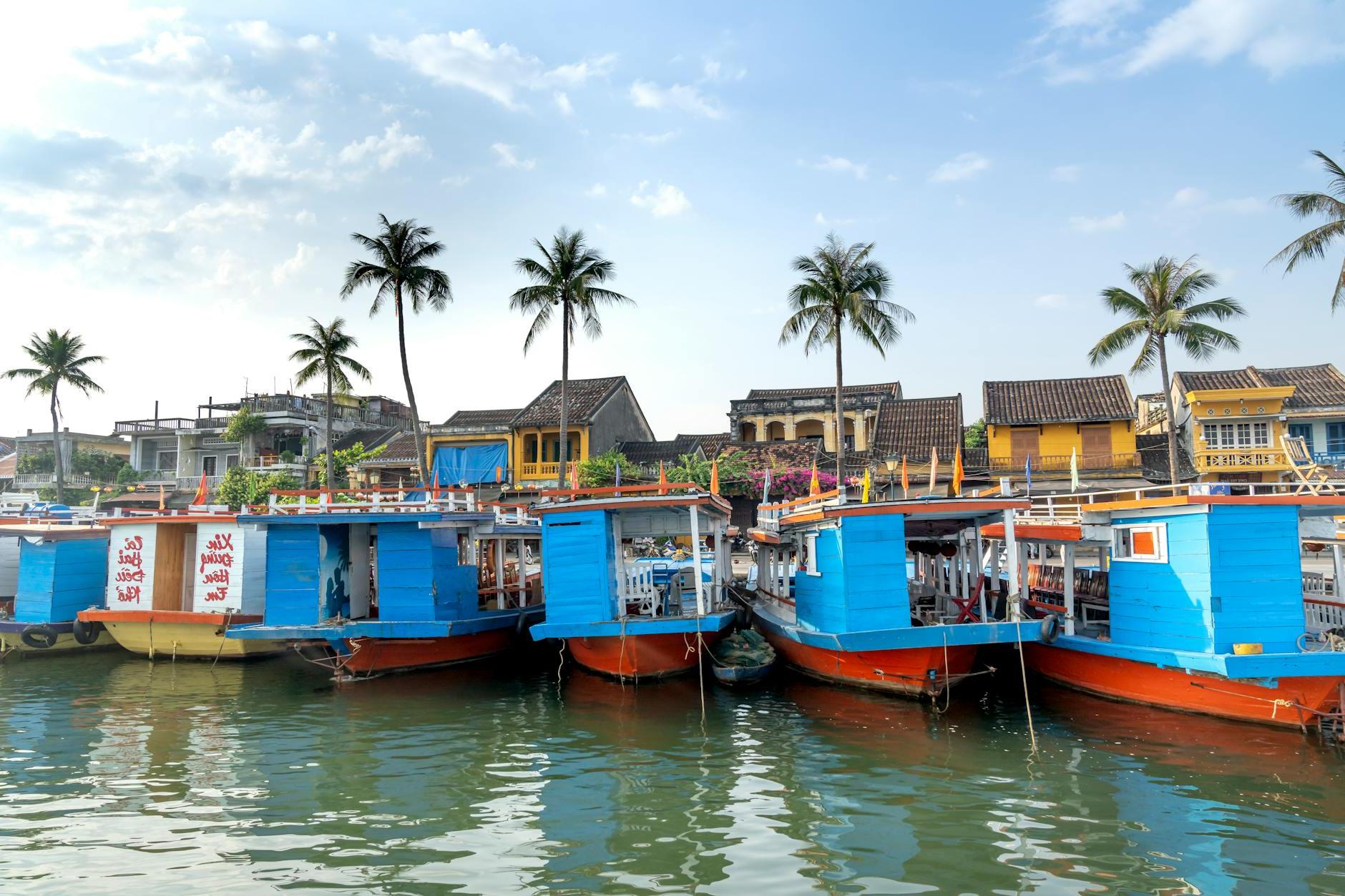
When you visit Hoi An, don’t miss the chance to explore Tan Ky House, a beautifully preserved example of 18th-century architecture that offers a glimpse into Hoi An’s rich past. This historical gem is nestled in the heart of Hoi An’s Old Town, an area that’s easy to explore by foot. You can find Tan Ky House by strolling along Nguyen Thai Hoc Street, a lively area filled with vibrant shops and eateries. When you visit, pay special attention to the intricate woodwork and architecture that reflect a unique blend of Japanese, Chinese, and Vietnamese influences. The house has been carefully maintained by seven generations, allowing you to step directly into history. Keep an eye out for the antique furniture and the fascinating marks on the wall that tell the story of past floods. A visit to Tan Ky House is not just about stepping back in time; it’s about appreciating the fusion of cultures and the enduring spirit of Hoi An.
1. My Son Sanctuary
You should definitely take the opportunity to visit My Son Sanctuary while you’re in Hoi An. This UNESCO World Heritage site is a remarkable historical treasure, nestled amidst lush jungle. It’s an ancient temple complex built by the Champa civilization, offering a unique glimpse into Vietnam’s rich past. To get there, you can join a guided tour, which is a hassle-free option that often includes transport from Hoi An. Alternatively, for a bit of adventure, rent a scooter or a bike, and you can be there in about an hour, soaking in the beautiful countryside views along the way. When you visit, make sure to wear comfortable shoes as there’s a bit of walking involved. Also, arriving early can help you avoid the heat and the crowds, making your experience even more magical. Bearing witness to the architectural marvels of My Son is like stepping back in time, and it’s an experience you shouldn’t miss.
Frequently Asked Questions
1. What is the best time of the year to visit Hoi An?
The best time of year to visit Hoi An is from February to April. During these months, the weather is just perfect, with minimal rainfall, making it ideal for exploring the ancient town, enjoying the beautiful beaches, and experiencing outdoor activities. The temperature is pleasant, neither too hot nor too cold, which ensures your walks through the charming streets and countryside are comfortable. However, if you’re looking to save some money while still enjoying Hoi An, consider visiting during the alternative months of May to July. Though it gets a bit hot, the prices tend to be more economical, and there are fewer tourists. This means you can enjoy the beauty and culture of Hoi An at a more relaxed pace and a lower cost.
2. Should I rent a car in Hoi An?
Deciding whether to rent a car in Hoi An depends on your comfort level with local driving conditions and your travel needs. Hoi An’s roads, while scenic, can be a bit challenging for drivers not used to Vietnamese traffic patterns, which often include an unpredictable mix of motorbikes, bicycles, and pedestrians. Parking in the town center is limited, and you might find it tricky to secure a spot during peak tourist seasons. On the flip side, Hoi An and its surroundings are well-served by various public transport options, including local buses that are quite affordable. Taxis and ride-sharing services are readily available and can be a more convenient way to navigate the area without the stress of driving and parking. If your plan includes exploring beyond Hoi An, such as day trips to nearby beaches or the My Son Sanctuary, renting a car could offer more flexibility. However, for most travelers staying within Hoi An itself or relying on organized tours for out-of-town excursions, using public transport and taxis might just make your trip more enjoyable and hassle-free.
3. What are different ways to get to Hoi An?
Getting to Hoi An, the charming city in Vietnam known for its well-preserved Ancient Town and stunning beaches, is easier than you might think, offering various options to suit different preferences and budgets. The nearest airport is Da Nang International Airport, about 30 kilometers away, providing a convenient gateway for international and domestic flights. From Da Nang, you can take a taxi, a private car, or a shuttle bus directly to Hoi An. If you’re traveling by public transport, buses and trains are available but keep in mind that the closest train station is also in Da Nang. From there, you can catch a local bus or taxi to Hoi An. For those who enjoy road trips, you can drive to Hoi An from major cities in Vietnam. The roads are generally in good condition, and the scenic route offers plenty of beautiful vistas, especially if you’re coming from the north or south along the coast. Remember to check your route beforehand and ensure you’re comfortable with long-distance driving in Vietnam.
4. Are there things to do with children in Hoi An?
Absolutely, Hoi An is a treasure trove of activities perfect for children, making it an excellent choice for family vacations. Take your little ones on a memorable adventure by exploring the Ancient Town, where they can marvel at the colorful lanterns and learn about history in a fun way. For a touch of creativity, various lantern-making workshops allow children to craft their very own lanterns, providing not just a fun activity but a beautiful keepsake too. The nearby An Bang Beach offers a sandy escape with gentle waves ideal for building sandcastles, splashing around, and even trying out beginner-friendly water sports. If your family enjoys nature, a biking tour through the lush countryside will reveal hidden gems and offer a serene experience. Plus, the Hoi An Eco Cooking Class is a fantastic way for kids to get hands-on, as they learn to make simple Vietnamese dishes in a child-friendly environment. Hoi An ensures that your family holiday will be filled with delightful experiences tailored for young adventurers.
5. Is Hoi An safe to travel to?
Hoi An is considered a safe destination for travelers, famed for its welcoming locals and serene atmosphere. As in any popular tourist spot, it’s prudent to keep an eye out for petty crimes like pickpocketing or scams, especially in crowded areas or when exploring the enchanting night markets. Though these incidents are relatively uncommon, it’s wise to follow basic safety precautions. Keep your valuables secure and out of sight, stay aware of your surroundings, and be cautious with offers that seem too good to be true. By taking these simple steps, you can enjoy the rich cultural tapestry and historical beauty of Hoi An with peace of mind.

